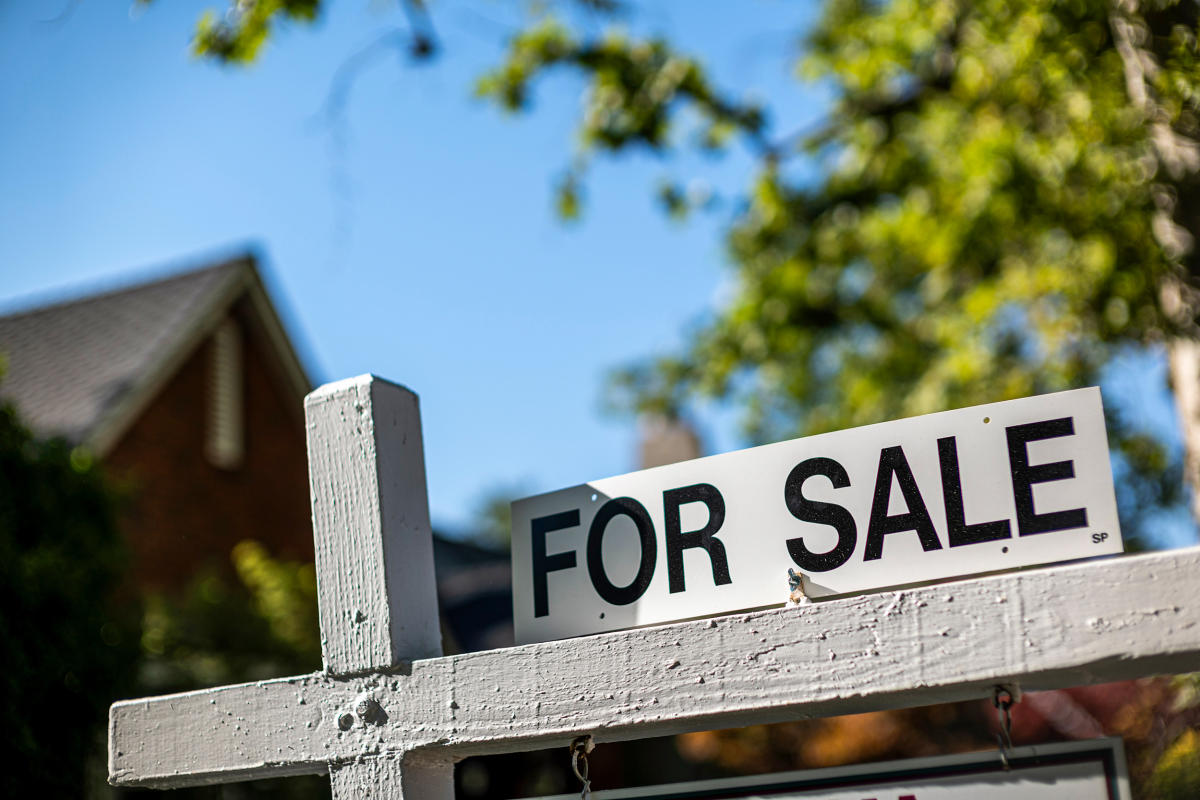The interest rate on the most popular U.S. home loan reached its highest level since December 2000, leading to a significant drop in mortgage applications and contributing to the struggling housing market.
The surge in mortgage rates has caused housing affordability to reach the lowest level since 2000, leading to a slow fall in the housing market and a potential dip in home prices, although the current market differs from the conditions that preceded the 2008 crash, with low housing inventory and a lack of risky mortgage products, making mortgage rates the key lever to improve affordability.
Mortgage rates topping 7% have led to a significant drop in mortgage applications for home purchases, with last week seeing the smallest volume in 28 years. The increase in rates, driven by concerns of high inflation, has priced out many potential buyers and contributed to low housing supply and high home prices. As a result, sales of previously owned homes have declined, and homeowners are reluctant to sell their properties due to the higher rates. Some buyers are turning to adjustable-rate mortgages to manage the increased costs.
US mortgage applications for home purchases fell to their lowest level in 28 years, while refinancing also declined, as mortgage rates reached a 23-year high, according to data from the Mortgage Bankers Association.
Sales of existing homes have declined due to the rise in mortgage rates, but the demand for new homes is increasing as buyers are hesitant to sell their current homes with low-interest mortgages.
Homebuyers' purchasing power has been negatively impacted by rising mortgage rates, which averaged 7.2% in August, the highest level since 2001, resulting in a decline in existing home sales and a shift towards new-construction homes.
Despite high interest rates, house prices in the US have not declined, leading to frustration and confusion in the housing market as buyers face fierce competition and limited inventory.
The average rate on 30-year fixed-rate mortgages decreased to its lowest point in three weeks, with most loan types experiencing a double-digit decline.
Home prices, which had been steadily rising since January, may be starting to decline again due to weakening month-to-month gains and higher mortgage rates.
Mortgage rates have been decreasing and could fall further this month if inflation continues to come down.
Demand for mortgages in the US has hit a 28-year low, with purchase applications falling to the lowest level since December 1996, despite a decrease in mortgage rates.
The Mortgage Bankers Association's index of mortgage applications fell to its lowest level since 1996 as consumer demand cooled due to a surge in mortgage rates and low housing inventory.
The housing market activity remains subdued due to fluctuating mortgage rates and low housing supply, leading to decreased demand and affordability challenges for potential homebuyers.
Mortgage rates remain elevated, slowing housing market activity, and while home prices are not likely to fall significantly, rates are projected to decrease in 2023 and 2024.
Higher mortgage rates are impacting mortgage demand, with total application volume dropping and refinancing demand decreasing by 5% compared to the previous week.
Rates on 30-year mortgages have decreased, reaching their lowest point since September 1st, after dropping nearly a quarter percentage point from their 22-year high recorded last week.
U.S. homebuilder confidence fell to its lowest level since April in September due to high interest rates, leading to decreased affordability for buyers and a decline in demand for new home construction.
US home building declined in August, with housing starts dropping to the lowest level since June 2020 due to elevated mortgage rates and limited inventory, despite an increase in building permits.
Mortgage rates are currently high but may level off soon, with experts predicting a potential decrease in early 2024 and rates around 5% in Q4, according to industry professionals.
US housing starts fell to their lowest level in three years, indicating a slowdown in homebuilding activity due to mortgage rates lingering above 7%.
Existing home sales fell 0.7% in August due to limited supply caused by higher mortgage rates, leading to rising home prices despite lower sales, according to the National Association of Realtors.
